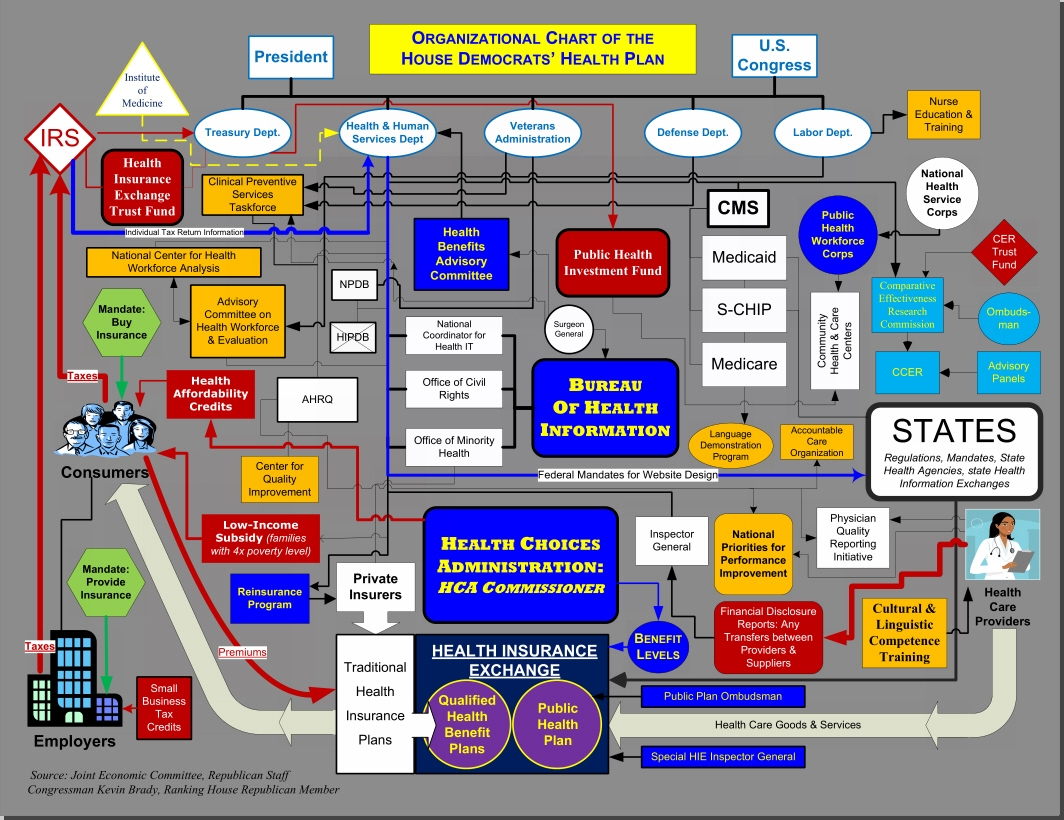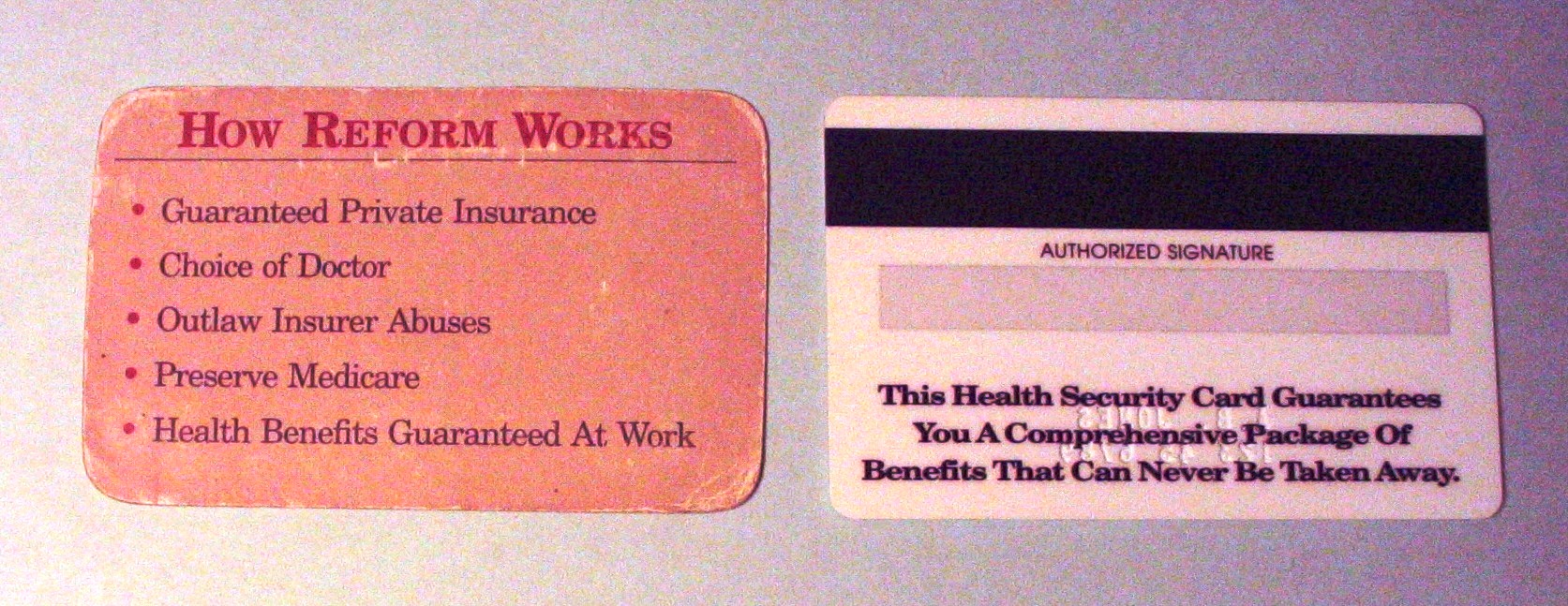In this blog I try to explain the meaning of different aspects of healthcare reform, delivery, financing, research, etc. Sticking to that goal has left me a bit stymied in seeking to write about the current state of the “debate” as it is being played out in Congressional town hall meetings and in the press via partisan talking heads.
My simplistic conclusion is that the balance between policy and politics has now swung so far and hard to one side that the needle is firmly wedged against the peg of politics. While the needle may bend from all this pressure, it doesn’t seem to be leading to any improvement of healthcare costs or quality. …




